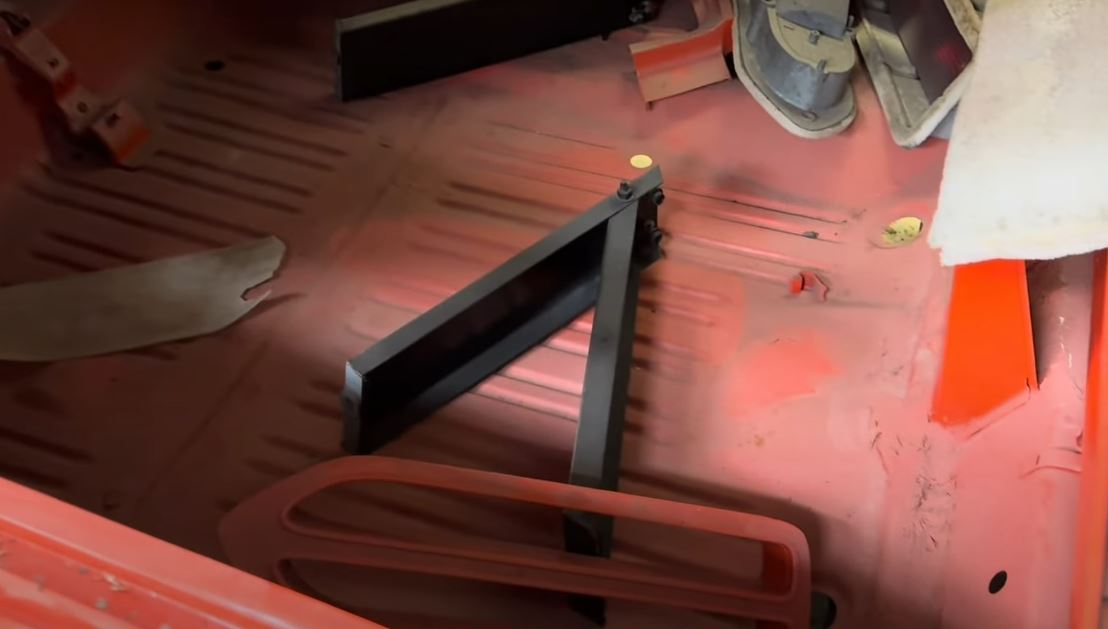Most classic cars that emerge after decades in storage are usually mundane. Some, however, are highly desirable gems that are either iconic or super rare. The 1970 Plymouth Superbird is one of those rigs. Granted, it’s not as rare as the 1969 Dodge Charger Daytona, but it’s the kind of car that won’t sit for long on the classic car lot, regardless of its condition.
This “winger warrior” has been with the same owner since the 1980s. There’s no info on its condition at the time of purchase, but the vehicle spent most of the last three decades in storage. The owner took the car apart to restore it, but life got in the way, and he stopped working on it after the repaint.
In 2024, the owner decided it was time to retire and move, leaving all his classic cars behind. Our host found out about the Superbird and traveled to Spokane, Washington, to buy it. He actually had to buy the entire lot of 12 cars to get the Mopar because the owner wanted the estate cleared as soon as possible.
That’s a huge effort for just one rig, but I can totally understand the buyer’s desire to own a Superbird. Especially since we’re talking about a solid and rust-free project.
This Superbird is not your typical barn find. Even though the body is covered in a thick layer of dust, this Mopar sports a fresh paint job that will pop back to life with proper cleaning. And don’t let the fact that it’s a puzzle needing assembly fool you—this Superbird is almost complete.
The sale includes the massive rear and the pointy nose cone, the Plymouth Superbird’s defining features. Interestingly enough, the nose cone hasn’t been smashed and is in perfect condition. Our host also has a load of other parts that go on and inside the car, but there’s no word about how complete the Mopar really is.
The drivetrain is a “good news, bad news” affair. While the numbers-matching (and highly desirable) four-speed manual and the rear end are still with the car, the original engine is missing. The seller doesn’t offer a replacement unit, so our host will have to source a period-correct powerplant. This Superbird left the assembly line with a 440-cubic-inch (7.2-liter) V8.
The standard engine in the Superbird, the four-barrel 440 is also the most common unit in the “winged warrior.” Of the 1,935 examples produced, 1,084 got the base engine. Plymouth sold 716 cars with the 440 Six-Barrel and only 135 units with the mighty 426-cubic-inch (7.0-liter) HEMI V8.
The missing engine isn’t the only feature keeping this Superbird from being all-original. The car was also repainted in a different color. Now sporting Vitamin C, this “winged warrior” was born as an EW1 Alpine White car. It was also ordered with a stripe delete, so it would be interesting to see it restored to its original specifications.
For now, there’s no word on whether it will happen. Our host says he plans to get the car back on the road. He wants to do it in a week, so it’s more of a challenge than anything else. He will source a late 1960s or early 1970s 440 V8 for the project. I can’t wait to see how that goes, but I’m also hoping this Superbird will get a much-deserved restoration


